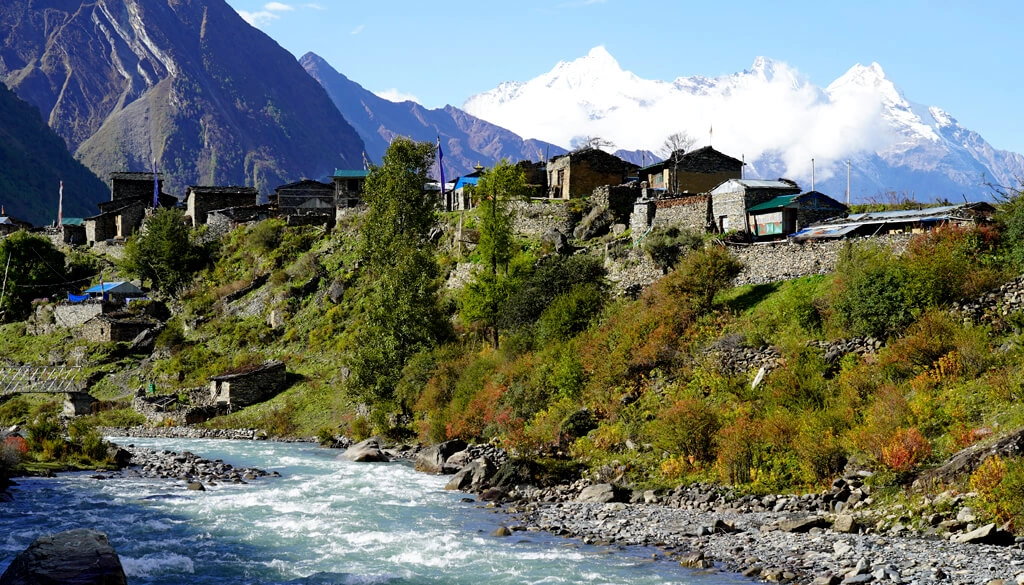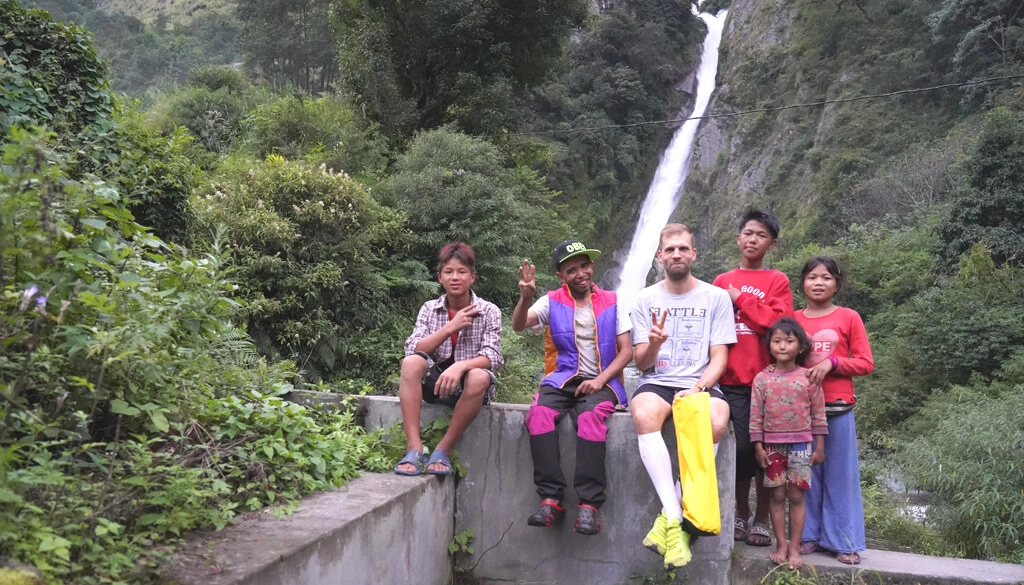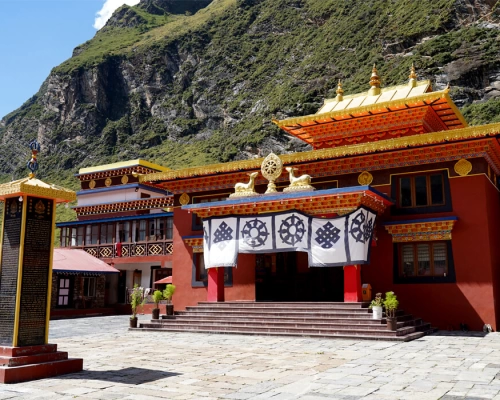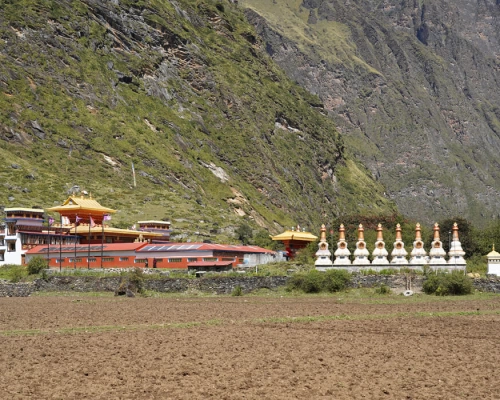About Tsum Valley Trekking
Tsum Valley Trekking is a thrilling journey into a hidden Himalayan valley north of the Manaslu Circuit where time seems to have stood still for centuries. Few travelers have reached the Tsum Valley which remained a restricted area until 2008. Tsum comes from the Tibetan word ‘Tsombo’ meaning vivid. When you see the magnificent Ganesh Himal towering above the beautiful forests of the Tsum valley you will understand how it got its name. This is much shorter than the 26 day Manaslu Circuit and Tsum Valley Trekking.
Geographically isolated, the Tsum Valley is a sanctuary for ancient Tibetan Buddhism. The Tsum Valley inhabitants, though being poor, have a rich culture that has been preserved for centuries. This fascinating land has a wealth of centuries-old monasteries, gompas, chortens, and mani walls (stone slabs with deities and prayers chiseled into them) are relics of the ancient Kingdom of Tsum that reigned in this valley. Guru Rimpoche (Padmasambhava) described the remote Tsum Valley in the eighth century as the 'Holy Hidden Valley of Happiness'. The Buddhist saint Milarepa is said to have meditated in the caves of Piren Phu and you will even see his footprint. Ancient nunneries including Rachen Gumba and Mu Gumba preserve the Tibetan Buddhist heritage.
The valley is rich in wildlife. You will see herds of Himalayan Thar and Blue Sheep. The valley is drained by the Shear Khola, which originates from the western glacier of Ganesh Himal and east and southern glaciers of Sringi Himal and meets the Budhi Gandaki at Nyak.
Our Tsum Valley Trekking starts at Arughat Bazaar, the same as for the Annapurna Circuit Trekking and passes through small Hindu villages and green terraced fields of the lowlands following the Budhi Gandaki River. On the Manaslu Circuit Trail there are cozy tea-houses for accommodation. The Tsum Valley trail branches off to the north-east of the Manaslu Circuit into the beautiful forested Tsum Valley Rugged, steep narrow trails lead through pine and rhododendron forests, deep gorges, clear glacial rivers, waterfalls and hot springs. There are stunning views of Mt. Manaslu. There are no guest-houses in the Tsum Valley, as few trekkers have ever reached there, but the friendly villagers open their homes for home-stay, which is the perfect way to get in inside look at their way of life and their ancient Tibetan-Buddhist traditions. You will be welcomed with ‘Tsumban’ Hospitality' and served Tibetan butter Tea and simple fres cooked local food. The Tsum Valley trek returns back to Arughat the same way or can join the Manaslu circuit trail.
Planning to do Tsum Valley Trekking in 2025 and 2026 ! .
We have guaranteed departure for Tsum Valley Trekking. There are trekkers really eager to do this adventurous Trek. They would like to join a group of 6 people. If you are interested in joining this group please let us know. This small group is sure to be a lot of fun, a great saving and an experience of a lifetime.















